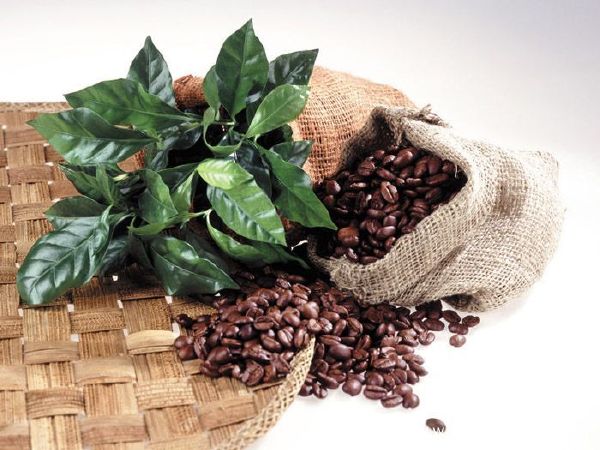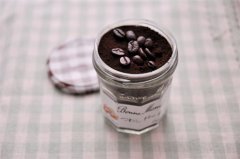Drinking caffeinated coffee may reduce risk of basal cell carcinoma

Drinking caffeinated coffee can help reduce the risk of basal cell cancer, a common skin cancer, according to a study completed by researchers at Harvard Medical School.
The researchers analyzed data from 112000 people who took part in the Health Occupational follow-up study and the Nurses' Health study over a period of more than 20 years. Women who drank more than three cups of caffeinated coffee a day had a 21 per cent lower risk of basal cell cancer than those who drank less than one cup a month; for similar men, the risk was reduced by 10 per cent.
They also found that regular consumption of caffeinated tea or chocolate had the same effect, but did not reduce the risk of squamous cell cancer, melanoma and other skin cancers; there was no association between drinking non-caffeinated coffee and the risk of basal cell cancer.
The study was published this week in the American Journal of Cancer Research. Previous mouse experiments have shown that caffeine can inhibit tumor growth, and this study suggests that caffeine may have a similar effect in humans, the researchers said.
Basal cell carcinoma (BCC) is the most common skin malignant tumor, which often occurs in the face. In foreign countries, more than half of skin cancer patients suffer from basal cell carcinoma. According to the National Cancer Institute, about one million people in the United States are treated for basal cell cancer each year.
Important Notice :
前街咖啡 FrontStreet Coffee has moved to new addredd:
FrontStreet Coffee Address: 315,Donghua East Road,GuangZhou
Tel:020 38364473
- Prev

Coffee knowledge six common ways of brewing coffee
1. Siphon pot (Syphon) is one of the most popular coffee brewing methods in cafes. Principle of siphon pot: under the combustion of alcohol lamp, when the water temperature in the lower container reaches 92 ℃, the water is sucked into the upper container with coffee powder, and after soaking and stirring, the coffee is returned. Suitable for coffee: slightly sour, medium-bodied coffee. Degree of grinding: slightly thicker than powder
- Next

The "companion" of mellow coffee-- professional barista
Coffee is one of the three major drinks in the world, and it is also the second largest trade export except oil in the world. Since 1700, coffee has spread to every corner of the world. More than 70 countries in the world have grown and processed more than 3000 kinds of coffee beans, and the global consumption has reached 7 million tons. With the improvement of people's living standards and the deepening of exchanges between China and western countries, the coffee industry has developed rapidly.
Related
- Beginners will see the "Coffee pull flower" guide!
- What is the difference between ice blog purified milk and ordinary milk coffee?
- Why is the Philippines the largest producer of crops in Liberia?
- For coffee extraction, should the fine powder be retained?
- How does extracted espresso fill pressed powder? How much strength does it take to press the powder?
- How to make jasmine cold extract coffee? Is the jasmine + latte good?
- Will this little toy really make the coffee taste better? How does Lily Drip affect coffee extraction?
- Will the action of slapping the filter cup also affect coffee extraction?
- What's the difference between powder-to-water ratio and powder-to-liquid ratio?
- What is the Ethiopian local species? What does it have to do with Heirloom native species?

